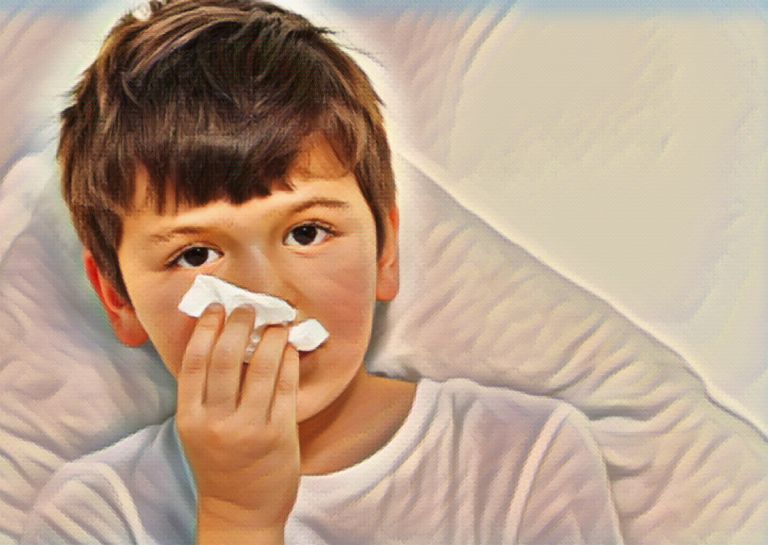Overview
The common cold is a viral infection of the upper respiratory tract that affects children of all ages. It is one of the most frequent illnesses among children, with an average of 6-8 colds per year for children under 6 years of age. The common cold is caused by a variety of viruses, with the most common being rhinoviruses. It is highly contagious and can be spread through the air or by touching contaminated surfaces.
Symptoms
Symptoms of the common cold in children typically include a runny or stuffy nose, sneezing, coughing, sore throat, and a mild fever. Children may also experience fatigue, a loss of appetite, and a general feeling of being unwell. The symptoms usually last for 7-10 days and are usually more severe in the first 3-4 days.
Causes
The common cold is caused by a variety of viruses, with rhinoviruses being the most common. These viruses are easily spread through the air or by touching contaminated surfaces. Children are particularly susceptible to colds because their immune systems are not yet fully developed. They are also more likely to come into contact with the virus through close contact with other children, such as at daycare or school.
Treatment
There is no specific treatment for the common cold, as it is a viral infection that must run its course. However, there are several things that can be done to alleviate symptoms and make the child more comfortable. These include:
- Drinking plenty of fluids to stay hydrated
- Resting as much as possible
- Using a humidifier to moisten the air and ease breathing
- Over-the-counter medications such as ibuprofen or acetaminophen to reduce fever and relieve pain
- Saline nasal drops or sprays to relieve congestion
- Cough suppressants or expectorants to relieve coughing
It is important to note that antibiotics should not be used to treat the common cold as they are only effective against bacterial infections and have no effect on viral infections.
Prevention
There is no surefire way to prevent the common cold, but there are several things that can be done to reduce the risk of infection. These include:
- Washing hands frequently, especially after coming into contact with someone who is sick
- Avoiding close contact with people who are sick
- Keeping the child’s environment clean and free of contaminated surfaces
- Encouraging the child to get plenty of rest and eat a healthy diet
- Teaching children to cover their mouths and noses when they cough or sneeze
It is also important to note that children should not be given vitamin C supplements as a prevention method as there is no scientific evidence to support this claim.
Citations
Centers for Disease Control and Prevention. (2021). Common cold. Retrieved from https://www.cdc.gov/common-cold/about/index.html
American Academy of Pediatrics. (2020). Cold, the common. In: Red Book: 2020 Report of the Committee on Infectious Diseases. 33rd ed. Elk Grove Village, IL: American Academy of Pediatrics.
Mayo Clinic. (2021). Common cold in children. Retrieved from https://www.mayoclinic.org/diseases-conditions/common-cold/symptoms-causes/syc-20351605
World Health Organization. (2020). Common cold. Retrieved from https://www.who.int/news-room/q-a-detail/common-cold
National Institutes of Health. (2021). Common cold. Retrieved from https://www.nhlbi.nih
